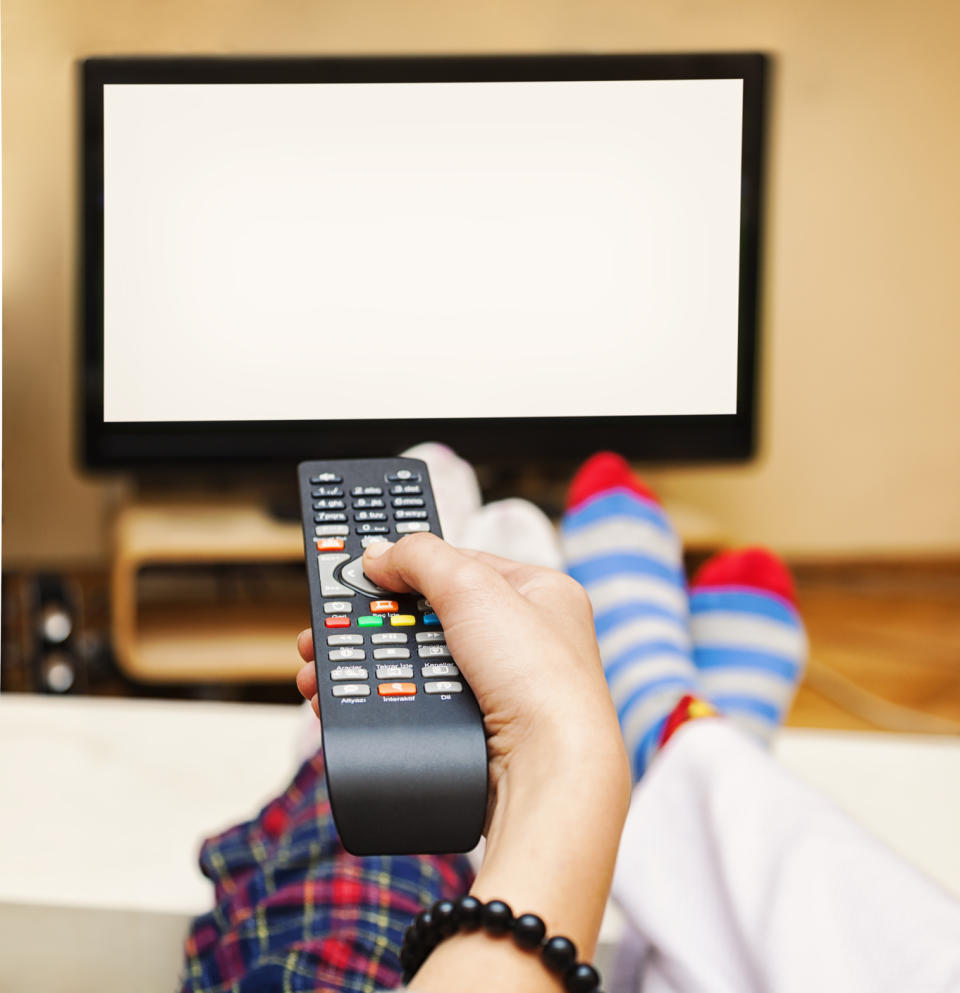A Closer Look at the Reality of Cord-Cutting

Cord-cutting discussions seem to never end. Many believe streaming TV is the future of watching shows and claim the cable industry is on its way out. (Let's be real, though. People have said this for years and cable is still around.) So while there are countless streaming services on the market, pay-TV providers are still at the top of their game.
Cord-cutting may be the best choice for some television viewers, but many may find they are happier with their television options when they choose to keep their cords intact. Here is a detailed look at several reasons why you may benefit from resisting the cord-cutting movement.
Competition Fuels Innovation
The competition between streaming services and pay-TV providers fuels innovation and makes the television-watching experience better for consumers. The recent innovations in the pay-TV industry — including instant access to hundreds of channels, online streaming, mobile device apps, bundled packages, and DVRs — are proof of this.
XFINITY customers can watch shows on their TV and mobile devices with Streampix, and Optimum allows its customers to record 15 shows at once with the Optimum Multi-Room DVR. Both of these innovations increase their subscribers' satisfaction and ability to watch television wherever and whenever they'd like. Without the competition that streaming services create, pay-TV providers may not have worked so hard to develop new ideas and meet the television-viewing needs of their customers.
Missing Out on Content
Streaming television may be a good fit for people who like to watch only a few specific shows that streaming services offer. However, consumers who are interested in live sports and live news, and those who want access to hundreds of channels, will benefit from keeping their pay-TV subscription.
The Leichtman Research Group shows that 83% of households in the U.S. subscribe to pay-TV services, demonstrating that the vast majority are still interested in what pay-TV has to offer: more networks and shows, the ability to channel surf, and major and local sports networks.
Lower Internet Bill
It's important to consider whether or not cutting the cord is a good financial decision. Cord-cutters still need high-speed Internet when they drop their pay-TV services, and it's possible they will end up paying more for Internet than before.
When Internet Service Providers (ISPs) also offer television, they price their plans so that customers who purchase only one service pay more than those who bundle services. The Boston Globe reports that no more than 8% of U.S. households that have high-speed Internet do not have pay-TV. This is because it often costs customers only $10–$20 more per month to add a television subscription to their monthly Internet payment.
You Can Have Both
Though streaming services are increasingly popular, the Leichtman Research Group reported in 2014 that 80% of households with Netflix subscriptions also had a pay-TV service provider.
This shows that consumers find value in both streaming and pay-TV services. Streaming services have a lot to offer, but customers don't want to lose the benefits provided by cable companies. Pay-TV and streaming television can work together to create the perfect television package, so consumers do not need to pick sides.
Whether or not you should cut the cord depends on your household's television needs. Keep your pay-TV subscription if you are interested in a variety of channel options, live television, and better Internet prices. Remember that while the idea of cutting the cord is getting a lot of attention, many Americans are choosing to stick with their pay-TV subscription.
